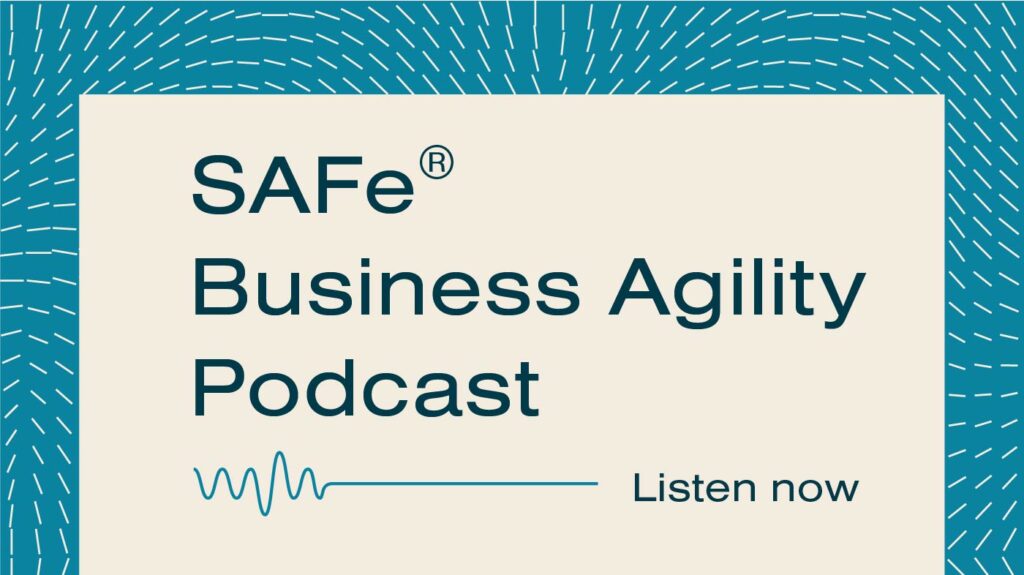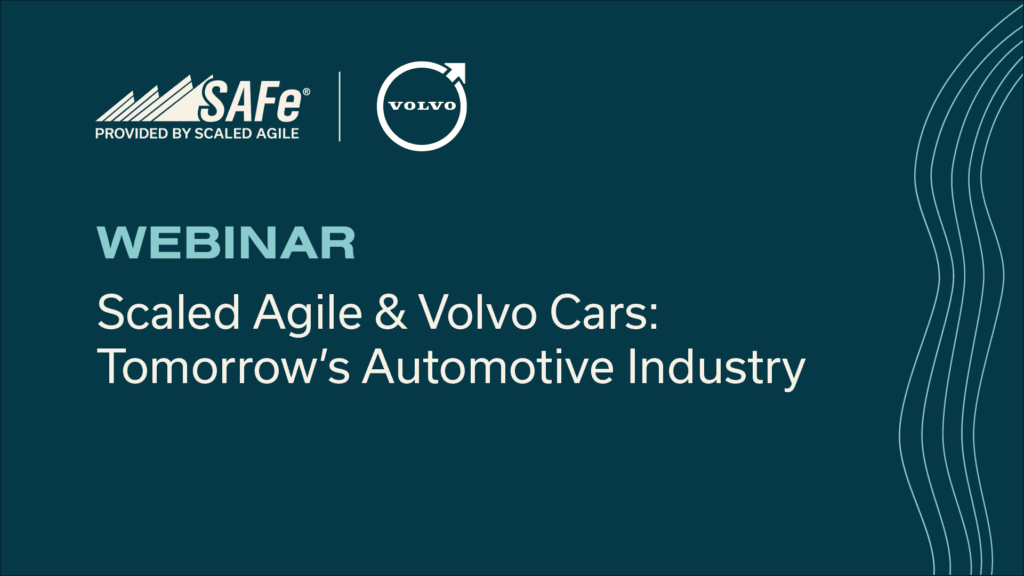
Drive business agility with SAFe®
The automotive industry faces new and familiar challenges every day
- Technology adoption
- Connectivity requirements
- Complex system integrations
- Interdependent supply chains
- Compliance regulations
SAFe® addresses these fast-paced demands.

Why automotive leaders choose SAFe® to achieve Business Agility
Automotive executives are under pressure as they strive to embrace digital transformation and build a sustainable path to growth.
Discover why auto leaders choose SAFe as their tool for achieving a competitive advantage in the current automotive industry context.
SAFe and automotive:
A perfect fit once you’ve tackled
- Lack of leadership buy-in and support
- Resistance to cultural change
- Silos and dependencies jeopardizing product delivery
- Pushback that SAFe won’t work with compliance and ASPICE regulations


SAFe is not a destination
The SAFe® Auto Talks series is designed to inspire you and provide an opportunity to bring your unique challenges and questions to the table.
Take a look at how Automotive companies have
overcome their challenges by running SAFe

Designing the Digital Future at Porsche
Learn how the separate worlds of vehicle engineering and IT came together at Porsche.

Bring Teams Together with SAFe
Mercedes-Benz adopts a product-centric model by implementing SAFe with profound results.

Suppliers in a SAFe Environment
Hear how suppliers in a SAFe environment differ from suppliers in a traditional environment.

The ETAS Journey to
SAFe
See a deep dive into what one of Bosch’s Business Units, ETAS, achieved by introducing SAFe.

SAFe Guidance on Agile for Hardware
Discover how SAFe is helping hardware organizations to deliver faster.

Porsche’s Lean-Agile Journey
Porsche approached Lean-Agile transformation by building the Digital Product Organization.

Tomorrow’s Automotive Industry
Get valuable insights into business agility’s role in the automotive industry in this webinar with Volvo.

Porsche Gears Up for The Digital Future
Porsche is accelerating digital transformation and applying value-stream-oriented methods.